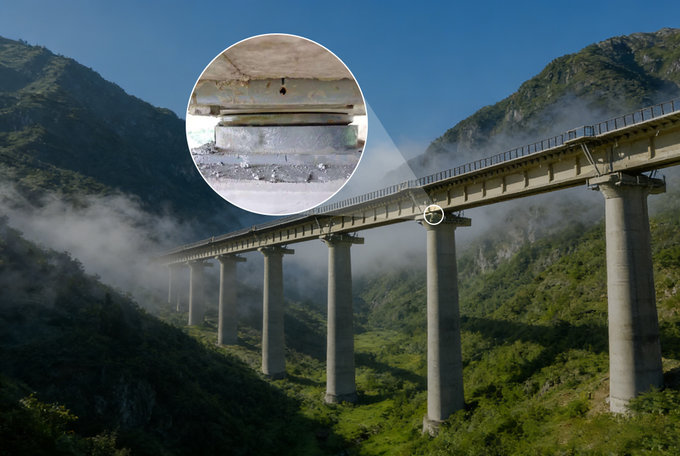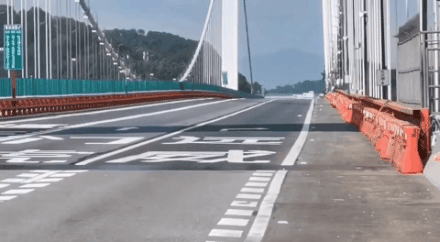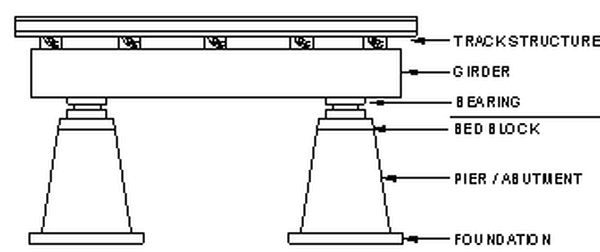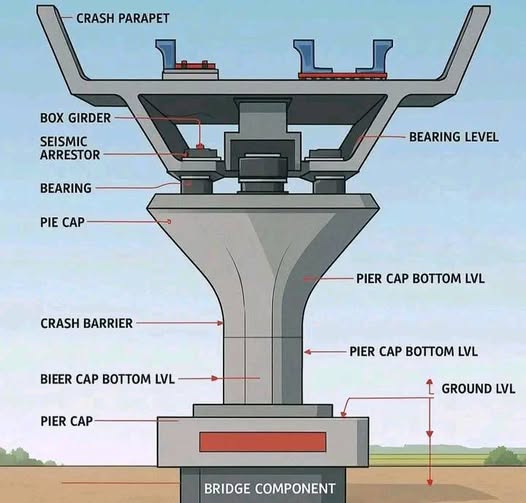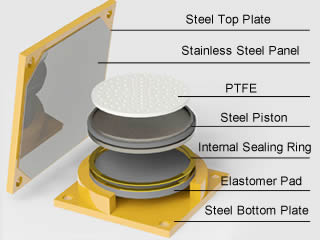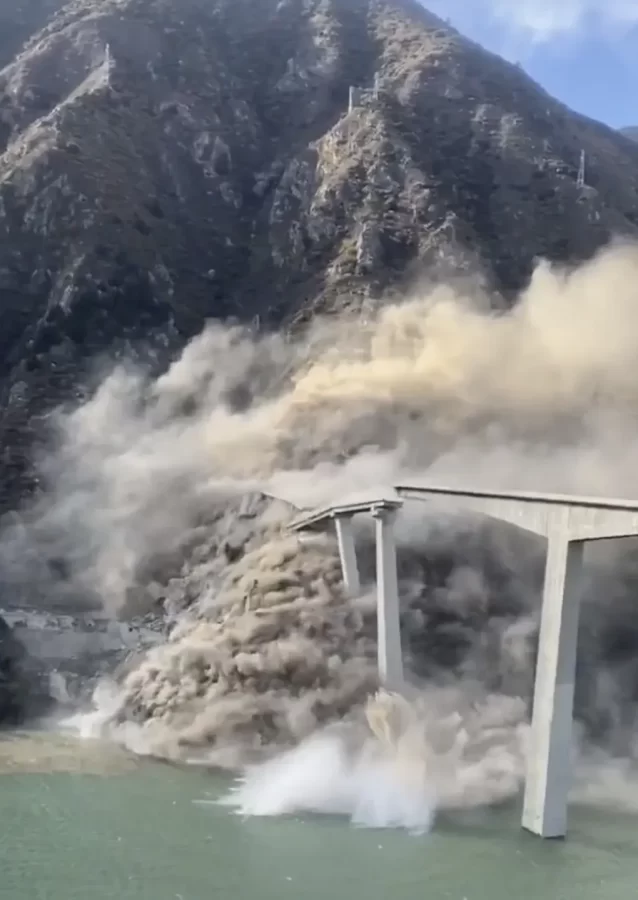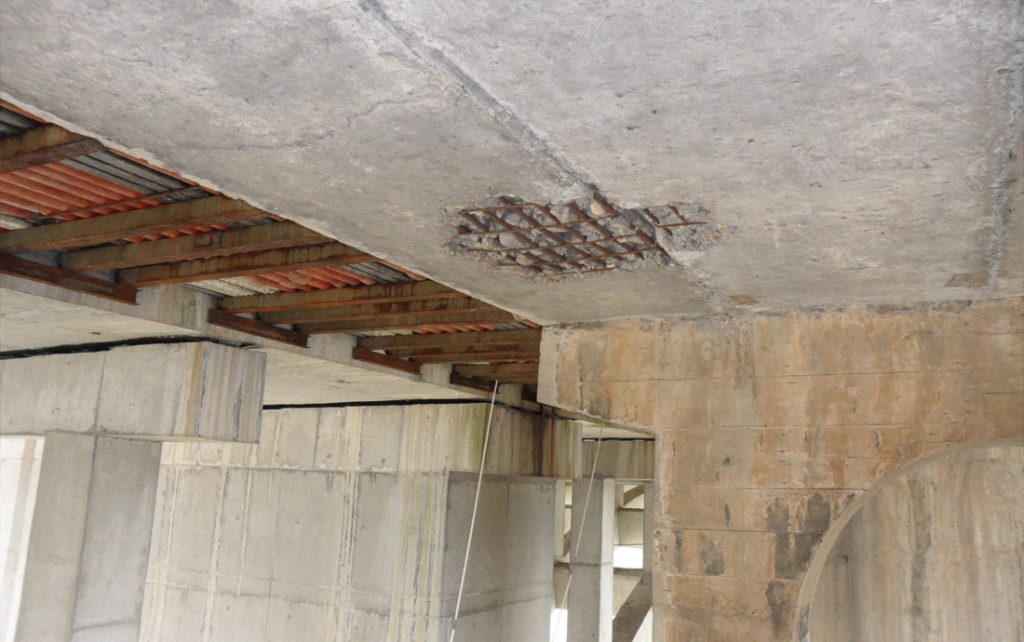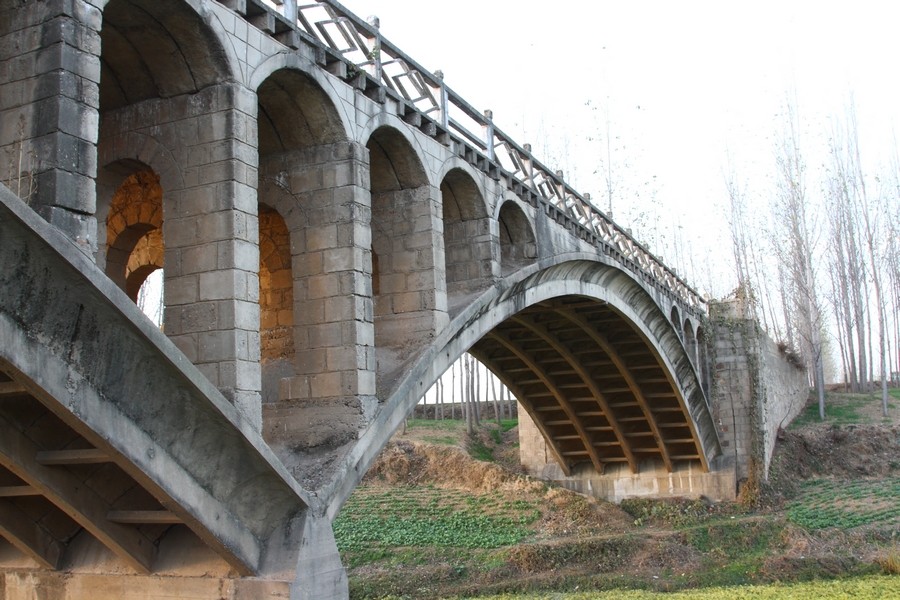As vital transportation arteries spanning across oceans, sea-crossing bridges not only break geographical barriers and improve traffic efficiency but also accelerate resource circulation and industrial integration, driving high-quality regional economic development.
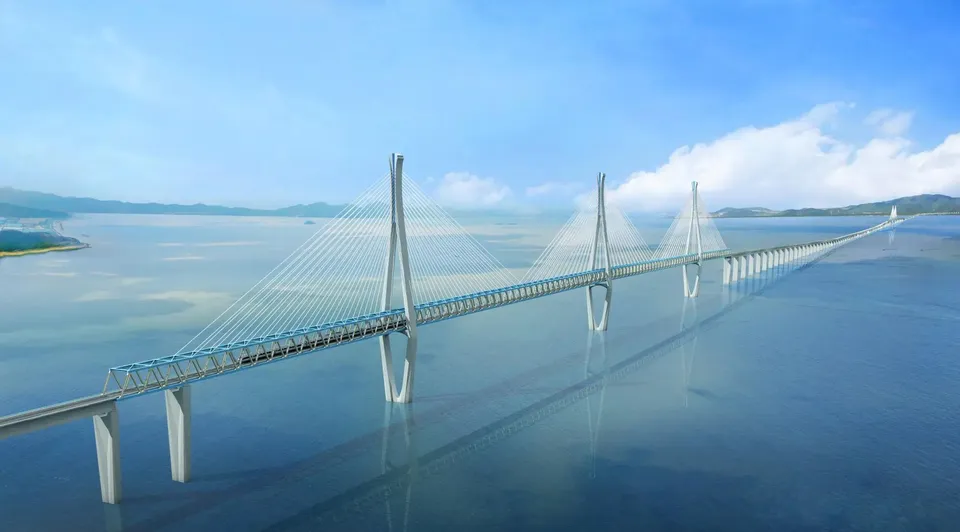
However, many of these bridges operate in harsh marine environments for extended periods. Continuous exposure to salt spray, seawater immersion, and marine biological activity leads to severe steel corrosion, posing serious risks to structural safety and service life. Understanding the mechanisms of corrosion in sea-crossing bridges and implementing effective prevention and control strategies have become critical to ensuring their long-term stability.
Corrosive Environments and Influencing Factors
The corrosion environment of sea-crossing bridges can generally be divided into marine atmospheric environments and seawater corrosion environments, each with distinct corrosion mechanisms and characteristics.
Marine Atmospheric Environment
Typically within 20 km of the coastline, this zone is characterized by high humidity, where thin water films form on steel surfaces. Salt particles from seawater spray dissolve in these films, creating highly corrosive electrolytes that accelerate electrochemical corrosion. Oxygen easily reaches steel surfaces, making corrosion primarily controlled by oxygen polarization—especially affecting upper structures such as bridge decks and towers.

Seawater Corrosion Environment
Seawater salinity ranges from 3.20% to 3.75%, with chloride ions accounting for nearly 88.7% of total salts. Chlorides destroy the passive film on metals, while dissolved oxygen, temperature, and water flow velocity intensify corrosion, continuously eroding underwater components such as bridge foundations and steel piles.
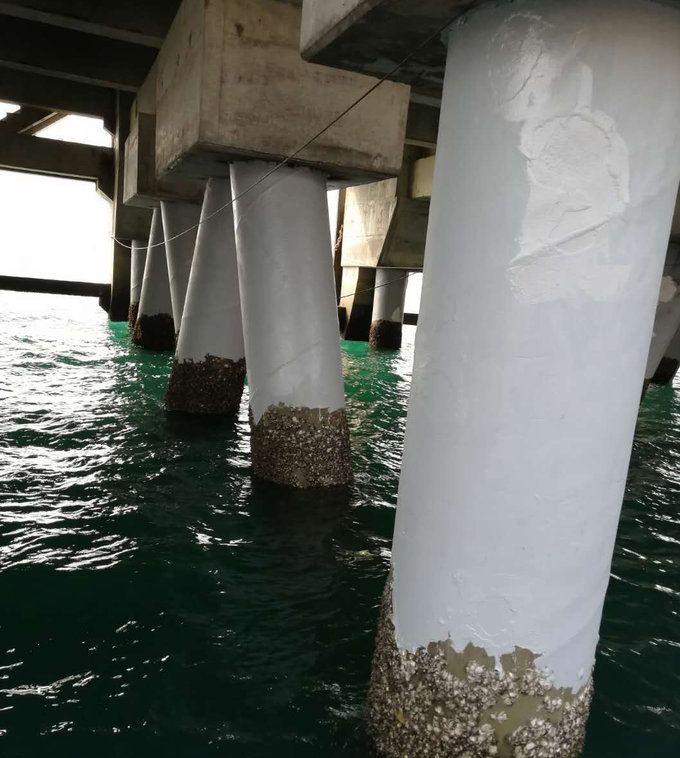
Key Influencing Factors
Environmental parameters such as salinity, oxygen content, CO₂ concentration, flow velocity, biological activity, and light conditions all impact corrosion by altering the physicochemical properties of the medium or directly participating in the corrosion process. For instance, rapid water flow increases electrolyte renewal, while marine organism attachment can trigger microbial-induced corrosion (MIC).
Main Types of Corrosion in Sea-Crossing Bridges
The complex marine environment causes a variety of corrosion forms, with localized and combined corrosion effects being the most critical.
General Corrosion
Also known as uniform corrosion, this type affects the entire metal surface at a similar rate, typically in submerged areas of carbon or low-alloy steels. While uniform, it causes gradual wall thinning and reduced load-bearing capacity over time.

Localized Corrosion
A major threat to structural safety, this form appears as pits or cavities that penetrate deeply. In chloride-rich marine environments, once corrosion potential exceeds the pitting threshold, small-pit corrosion initiates and progresses rapidly, potentially leading to through-holes and structural failure.
Galvanic Corrosion
When dissimilar metals (e.g., carbon steel and stainless steel) are in direct contact, a galvanic cell forms. The metal with the lower potential corrodes faster, especially in strong electrolytic environments like seawater, leading to localized damage at metal joints.
Stress Corrosion and Corrosion Fatigue
Under continuous vehicle load and wave-induced stresses, steel components may develop brittle cracks below their strength limit—known as stress corrosion cracking (SCC). Combined effects of corrosion and cyclic loads cause corrosion fatigue, a major degradation form for steel pile bridges.
Key Technologies and Measures for Corrosion Prevention
Corrosion prevention should cover the entire lifecycle—from design and construction to maintenance—combining environment-specific protection technologies to form a multi-layer defense system.
Basic Protection Techniques
- Corrosion Allowance: Increasing structural thickness during design to compensate for expected material loss, commonly used in steel pile wharfs.
- Marine-Grade Low-Alloy Steel: Offers 2–3 times the corrosion resistance of ordinary carbon steel in atmospheric and splash zones, though welding performance and cost remain challenges.
- Coating Protection: Use of zinc-rich primers and fluorocarbon topcoats provides 20–30 years of durability, now standard in large-scale bridge projects. However, coatings can be damaged during installation and are difficult to maintain underwater.
Advanced Protection Systems
- Cathodic Protection: Widely applied since the 1950s, this method effectively suppresses both localized and general corrosion, improving fatigue strength by over 90% when properly managed.
- Composite Protection: Combines coatings with cathodic protection to achieve complementary effects—coatings reduce required current density, while cathodic protection safeguards damaged areas, forming the most effective current strategy for sea-crossing bridges.
Lifecycle Management
- Construction Stage: Ensure coating integrity during transport and pile driving; reinforce surfaces before applying protective layers.
- Maintenance Stage: Use localized re-coating techniques, improve waterproofing systems, and establish long-term corrosion monitoring to detect coating failures or local corrosion in time.
Conclusion
Corrosion prevention in sea-crossing bridges is a highly systematic engineering challenge that must integrate environmental understanding, materials science, and lifecycle management. With continued advancements in heavy-duty coatings and cathodic protection technologies, bridge protection efficiency and durability are being significantly enhanced.
Future efforts will focus on developing integrated, multi-technology protection systems and improving monitoring mechanisms—ensuring sea-crossing bridges remain safe, durable, and reliable lifelines connecting regions and economies for decades to come.
